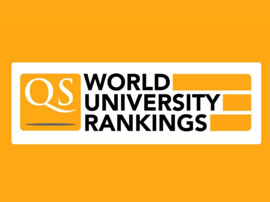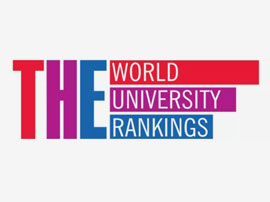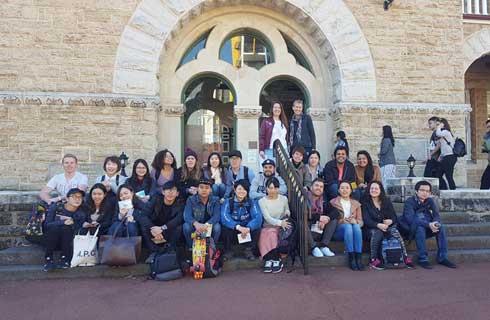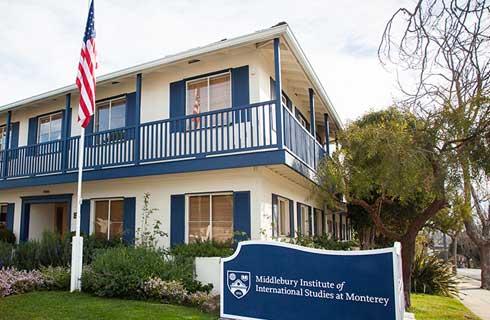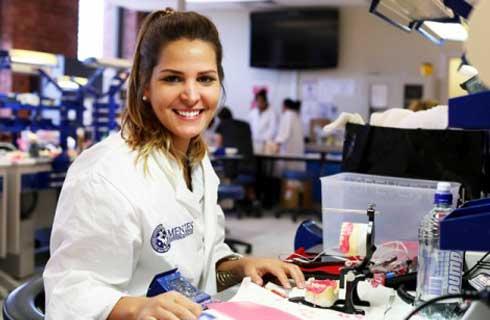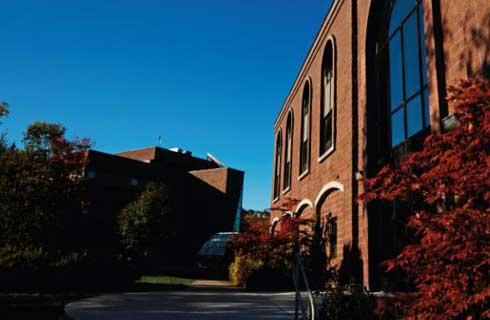- IDP China>
- 课程库>
- 工程与技术>
- 工程>
- 电机工程>
- Doctor of Philosophy in Electrical Engineering- Electronics and Photonics
Doctor of Philosophy in Electrical Engineering- Electronics and Photonics

学历文凭
Ph.D.

专业院系
Electrical & Computer Engineering

开学时间

课程时长

课程学费

国际学生入学条件
Letters of Recommendation: 2 letters of recommendation are required. If you are currently in school, letters from academic advisors and other professors are preferred. If you are currently in industry, letters from employers are acceptable. Recommendation letters can be submitted through the on-line application tool.
Test scores: official test scores sent from ETS. TOEFL or IELTS scores (required for all international students) expire after 2 years and expired scores WILL NOT be accepted. GRE test scores (required for all students) expire after 5 years.
Essay: a brief statement of career and research objectives. Essays should clearly articulate your experience and goals. Half a page to two pages is sufficient.
Supplemental Information: applicants should also include a resume or CV, current research or creative work, list of published works, and extracurricular activities.
GPA
3.0/4.0 required for PhD
2.75/4.0 required for MS
Minimum Test Requirements
GRE General Test (School code: 2365, Dept code: 1203)
75th percentile or better on Quantitative
iBT TOEFL (School code: 2365, Dept code: 66)
79 composite score
20 Writing, 20 Speaking, 20 Reading, 15 Listening
IELTS
6.5 Overall Minimum Band Score
6.0 Writing, 6.5 Speaking, 6.5 Reading, 6.0 Listening
IDP—雅思考试联合主办方

雅思考试总分
6.5
- 雅思总分:6.5
- 托福网考总分:79
- 托福笔试总分:550
- 其他语言考试:NA
CRICOS代码:
申请截止日期: 请与IDP联系 以获取详细信息。
课程简介
相关申请
 预科
预科 奖学金
奖学金 实习机会
实习机会 在校学习
在校学习 跨境学习
跨境学习 校园授课-线上开始
校园授课-线上开始 在线/远程学习
在线/远程学习
开学时间&学费
学费信息仅供参考,请与IDP联系以获取详细信息
| 开学时间 | 时长 | 学费 | 地点 |
|---|
学校排名

世界排名501
数据源:
泰晤士高等教育世界大学排名
关于里海大学

这里的口号是:努力学习,尽情嬉戏这所排名38的私立研究型大学有三分之一的学生加入了各种兄弟会姐妹会,因此每到周五晚上,整个校园非常安静,但这并不意味着Lehigh的学生学习不行。Lehigh University的工程学院和教育学院均为全美Top40,其中一些相关专业更是进入到全美20强。Lehigh攻读工科和商科的学生各占1/3,但实际上学校希望也允许学生修读跨专业的内容,如果你愿意,你甚至可以自己发明一个专业。在Lehigh,除了第一年的英语课程,教授们会亲自上所有的课程。Lehigh的全/半奖不多,但如果你在校期间表现优异,还是可以通过Dean’s Scholars获得每年10000美元的鼓励。2003年美国哥伦比亚号航天飞机失事,该事故造成机上所有7名宇航员遇难,事故之后NASA(美国国家航空航天局)请里海大学协助分析残骸。因为里海大学先进的显微镜技术,材料科学和工程学院的学生们成为当时第一批对残骸进行调查研究的人员。
本校相关课程
其他相关课程

Master of Science in Electrical and Computer Engineering - Embedded Systems
 密歇根大学安娜堡分校
密歇根大学安娜堡分校学历文凭
Masters Degree
开学日期
课程费用总额


Doctor of Philosophy in Electrical and Computer Engineering - Control Systems (Production Systems Engineering)
 密歇根大学安娜堡分校
密歇根大学安娜堡分校学历文凭
Ph.D.
开学日期
课程费用总额


Master of Science in Electrical Engineering
 韦恩州立大学
韦恩州立大学泰晤士高等教育世界大学排名:603
学历文凭
Masters Degree
开学日期
课程费用总额

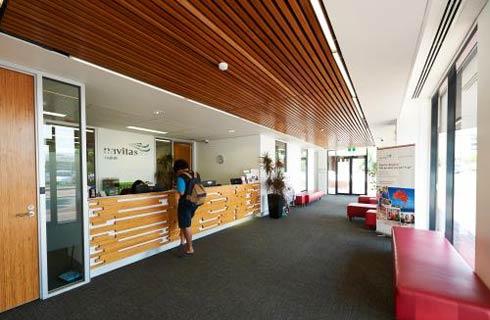
电气工程学硕士
 德克萨斯农工大学学院站分校
德克萨斯农工大学学院站分校学历文凭
Masters Degree
开学日期
课程费用总额


电气与计算机工程哲学博士-模式分析与机器智能
 滑铁卢大学
滑铁卢大学学历文凭
Ph.D.
开学日期
课程费用总额


电气工程理学硕士
 北佛罗里达大学
北佛罗里达大学学历文凭
Masters Degree
开学日期
课程费用总额




